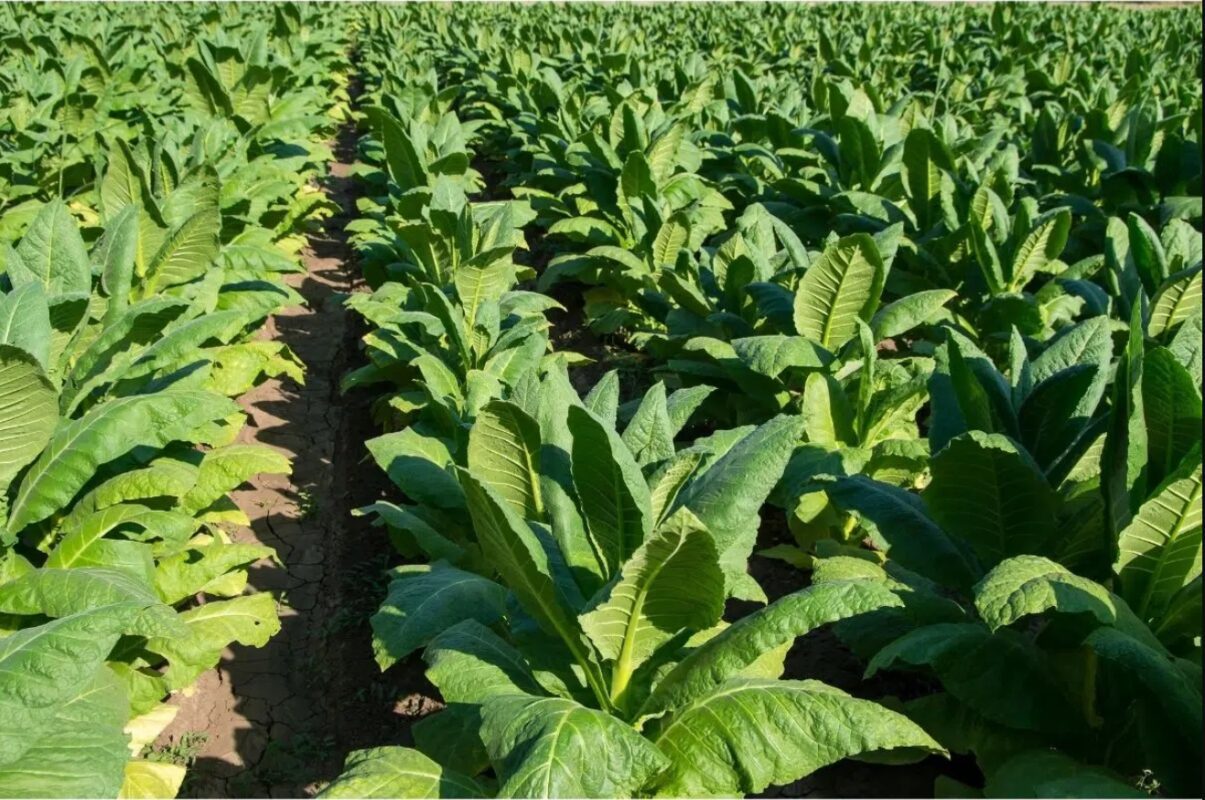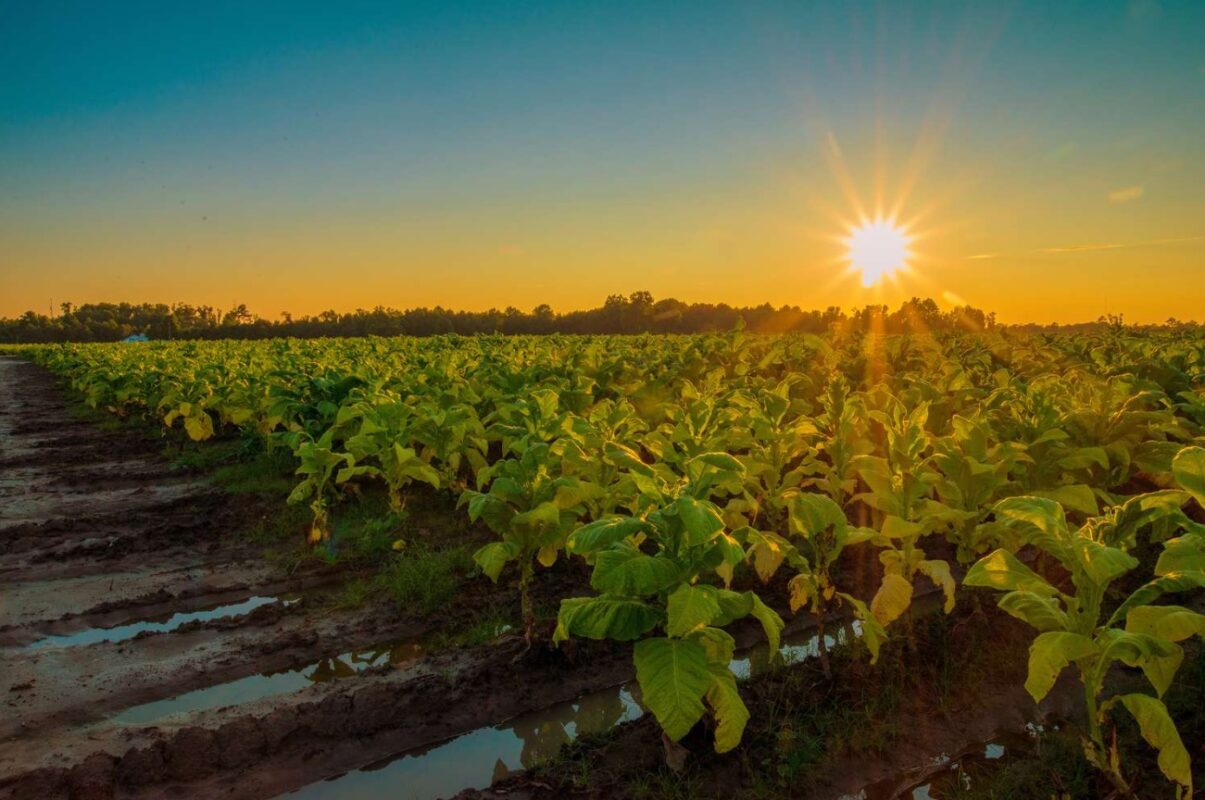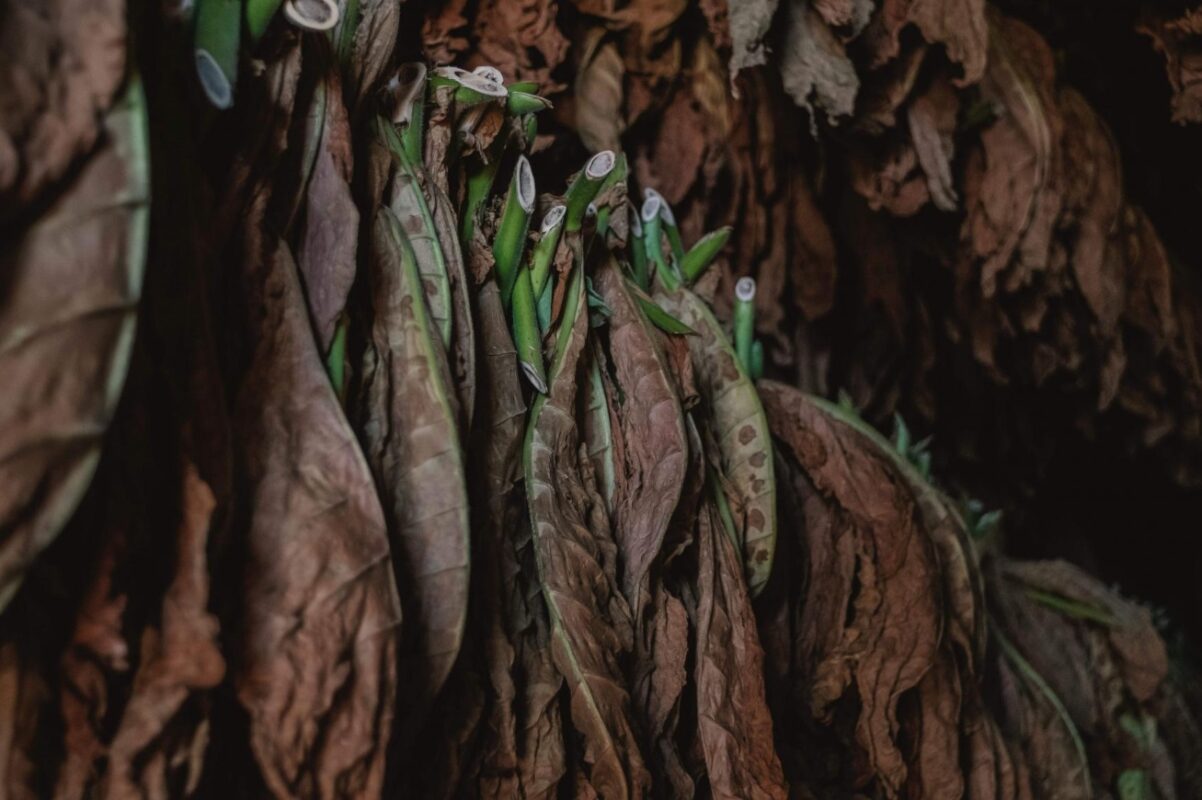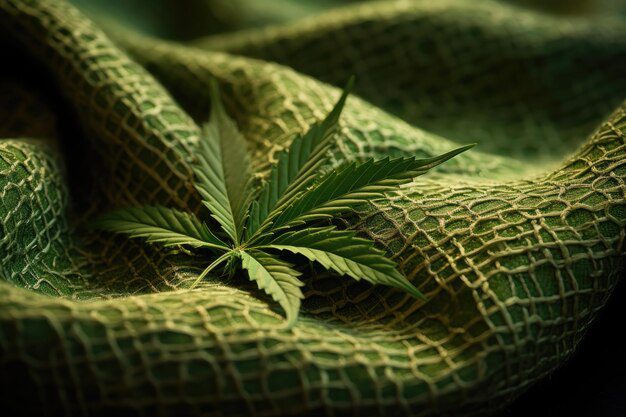Structure of the Tobacco Plant

The tobacco plant comprises three distinct parts—Volado, Seco, and Ligero—each crucial to cigar makers for their unique flavor characteristics. In addition to these, tobacco farmers must also monitor four other plant parts. There are approximately 75 varieties of tobacco that thrive primarily in tropical and subtropical climates. However, only two varieties, Nicotiana tabacum (Virginian tobacco) and Nicotiana rustica (wild tobacco), are cultivated commercially. Similar to tomatoes or potatoes, the tobacco plant belongs to the nightshade family. Within the tobacco industry, only the leaves are of interest; the tuberous roots and fruits are disregarded. These leaves are categorized based on their position on the stalk into three groups: lower-middle leaves (Volado), upper-middle leaves (Seco), and top leaves (Ligero).
Volado: Lower-Middle Leaves and Lugs
The lowest two to three leaves on the tobacco plant, known as lugs, dry while still attached and quickly turn brown and yellow. Just above them are the next three to four leaves, referred to as lower-middle leaves or Volado. In Spanish, both lugs and lower-middle leaves are collectively called Volado leaves and are the first to be harvested. These thin and lightweight leaves are highly valued as binders or fillers. Harvesting occurs incrementally from the bottom to the top of the plant, with only a few leaves picked daily based on their maturity. Lugs are harvested subsequent to the lower-middle leaves. Lower-middle leaves are deemed ripe for harvest when their vibrant green hue fades to a lighter shade. While Volado leaves contribute little to a cigar’s strength and flavor due to their mild taste, their fine texture ensures an even and consistent burn.
Seco: Mid-Upper Leaf Levels
Upper-middle leaves, known as Seco, are harvested by farmers at a rate of no more than two to three leaves per day. Additionally, they must allow approximately one week between harvesting the lower-middle leaves and the upper-middle ones. These upper-middle leaves, typically numbering six to eight and located in the plant’s midsection, are highly aromatic and commonly used as filler in tobacco products. The leaves themselves are covered with glandular plant hairs, forming a sticky layer about one and a half millimeters thick. The presence of oil stains on the leaves indicates readiness for harvest.


Ligero: Top Leaves
Top leaves, known as Ligero, refer to the two-to-three uppermost leaves of the tobacco plant. Despite their name meaning “light” in Spanish, these leaves grow thick and can reach lengths of up to 80 cm. They acquire an intensely potent flavor due to their exposure to the most sunlight. Harvested between 70 to 130 days after planting, each plant undergoes meticulous inspection by farmers up to 150 times before the leaves are hand-picked. Harvesting involves delicately gripping the leaf’s end, applying gentle pressure with the thumb on the stem to avoid damaging the plant. This careful process allows the upper leaves to continue ripening for several days or even weeks.
Roots, Stalks, Flower, and Suckers
Roots, stems, flowers, and suckers are integral parts of the tobacco plant, each playing a crucial role in its cultivation process. Nicotine production begins in the roots and is then transported through the stems to the leaves. Flowers are selectively kept only in plants grown for seed production, while those intended for leaf harvesting have their flowers removed early in a process known as topping. This practice redirects the plant’s energy from flower and fruit formation to the growth of larger leaves. However, topping also stimulates the growth of side shoots at leaf joints (similar to tomatoes), called suckers, which must be consistently and carefully removed to ensure that the plant’s resources are focused on leaf development, benefiting from soil nutrients and sunlight.
Some Fascinating Facts


Here are some fascinating facts about the anatomy and cultivation of the tobacco plant, perfect for impressing friends during your next smoke session:
- Tobacco plants grown in humus-rich soil develop leaves with a stronger, spicier aroma.
- Cigar tobacco used for binders and fillers thrives when grown outdoors. Conversely, tobacco plants destined for wrappers achieve their smooth texture and uniformity by being cultivated under tents made from thin cheesecloth.
- The first tobacco seeds reached Europe around 1560, where tobacco initially served as an ornamental plant. It was later discovered that a broth made from its leaves could be used for insect control.
- Tobacco contains trace amounts of minerals such as calcium, magnesium, and iron. A typical cigar contains between 6,000 to 12,000 different substances, although not all of them have been fully identified yet.
- About 97% of the nicotine in a tobacco plant is concentrated in its roots. From there, it is transported to the stalk, leaves, and flowers.
- Nicotine acts as a natural defense mechanism against pests by disrupting their nervous systems, thereby deterring insects from feeding on the plant.


